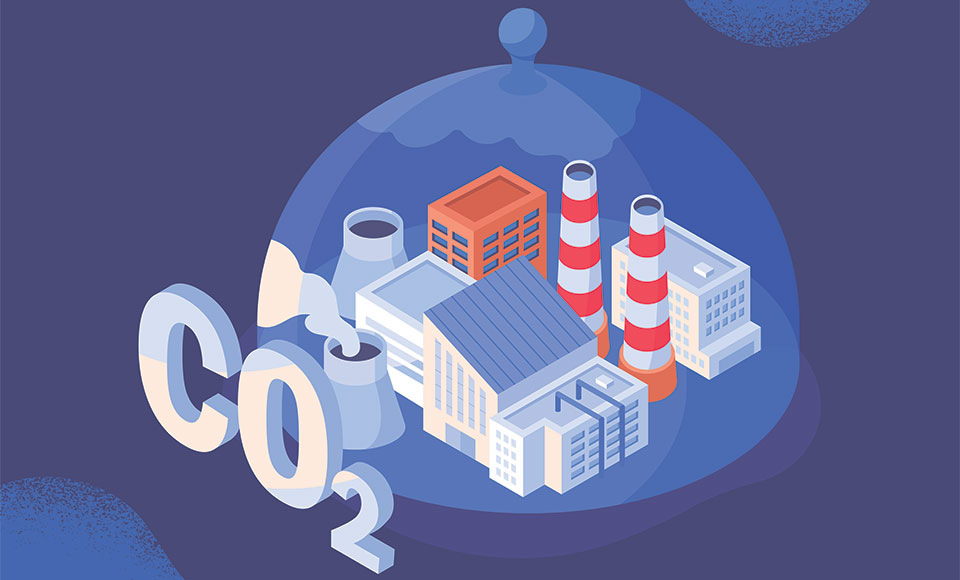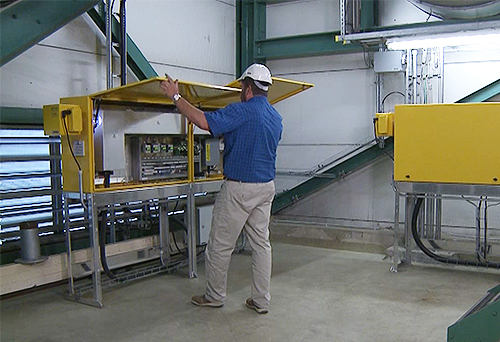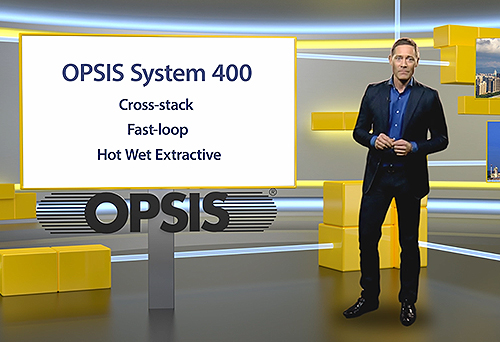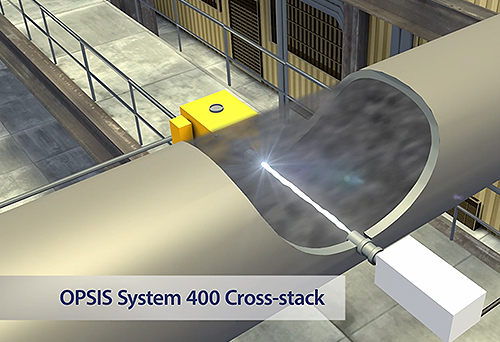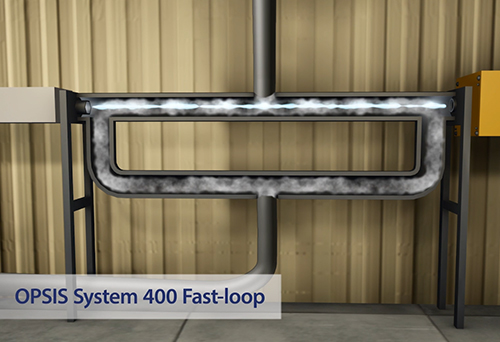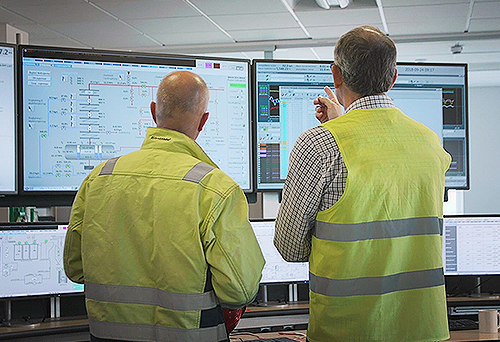CO2 capture – a way to fight climate change
Control of the processes at a CO2 capture plant requires good and reliable detection of both ammonia (NH3) and carbon dioxide (CO2) in gas phase. Monitoring NH3 in CO2 capture can be a challenge due to the corrosive environment and partly high concentrations of NH3. Monitoring instruments based on sampling works poorly under these conditions. However, OPSIS has the equipment to meet the challenges.
MONITORING SYSTEMS THAT WITHSTAND TOUGH ENVIRONMENTS
In the CO2 capture process, NH3 must usually be monitored at several places in the process. A large dynamic range is required because NH3 concentrations can vary from a few mg/m3 to several percent by volume. The OPSIS non-contact monitoring system meets these requirements and works excellently despite the aggressive conditions. The same system can also be used to monitor emissions of gases into the ambient air.
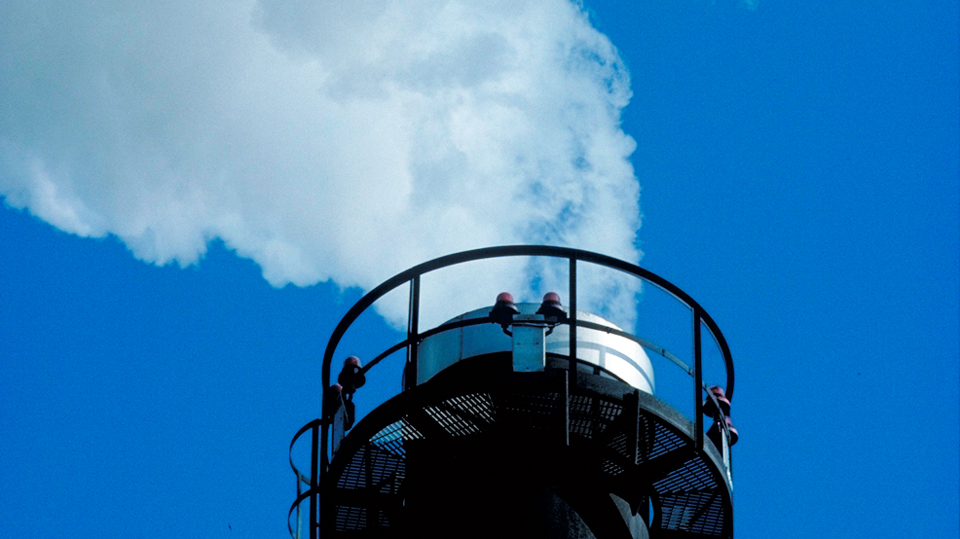
CERTIFIED MONITORING SYSTEMS WITH HIGH ACCURACY
The OPSIS monitoring systems are based on gas analysers that have short response times, are accurate, and require minimal maintenance. The monitoring takes place contact-free along light beams where gas molecules can absorb parts of the light. In process and emissions monitoring, light beams are sent through the gas channels, or some of the gases are led into measurement cells through which the light is sent. The light is captured and led via optical fibres to the analyser which measures the absorption and calculates the gas concentrations.
A single analyser can measure several types of gases along several light paths. This is a very cost-effective monitoring system. In addition to NH3 and CO2, the concentrations of many other gases can be monitored, for example NOX, CO, H2O, and CH4.
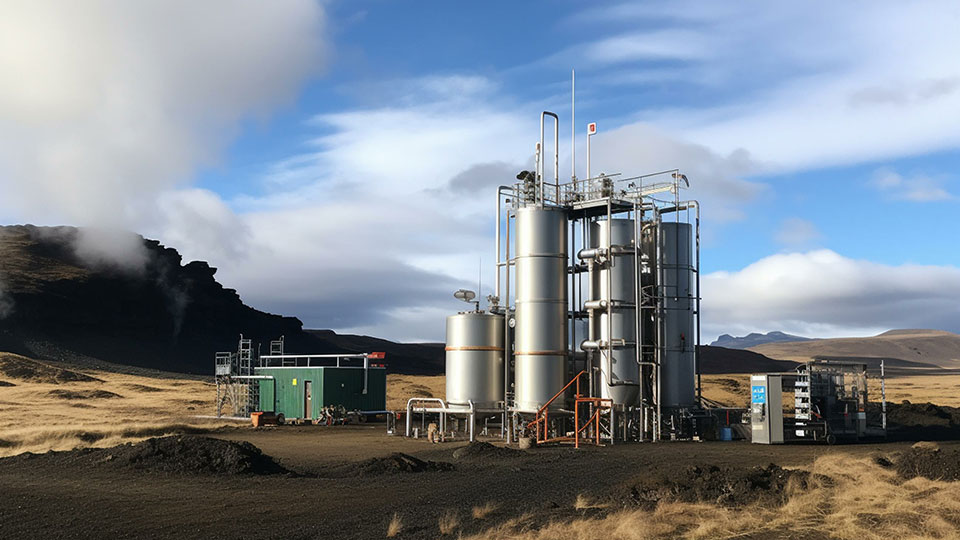
GAS ANALYSIS WITH OPSIS
There are multiple reasons for choosing OPSIS as supplier of systems for gas analysis. Among the key benefits of the methods and solutions offered by OPSIS are:
- one system for all components
- a single system can measure at several monitoring points
- best performance according to QAL1 certification
- longest calibration interval according to QAL1 certification
- optional automatic QAL3 control
- non-contact monitoring, no sampling
- long maintenance interval
- low energy consumption
- gas calibration only once a year
- thousands of systems installed worldwide
- certified by, among others, German TÜV and under British MCERTS standards.
